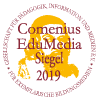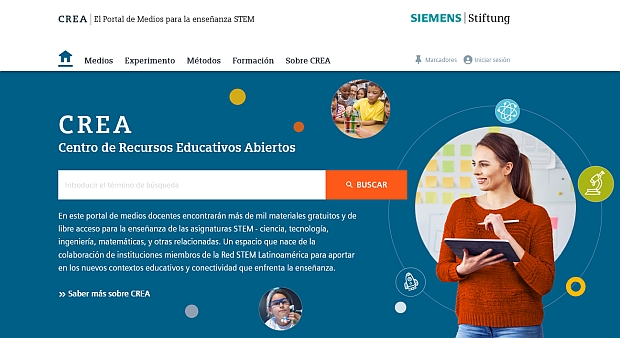Lightning – electrical energy from the sky
Image
Photo:
Bolt of lightning between the Earth and clouds – an excellent example of electrical energy in nature.
Type of media:
Image (184.4 kByte)
Last update:
2016-06-01
License:

This medium is made available under a CC BY-SA 4.0 international license.
What does this mean?
How to reference this medium

This medium is made available under a CC BY-SA 4.0 international license.
What does this mean?
How to reference this medium
Media package:
Description:
Rising streams of air generate electricity from mechanical energy by means of friction in the form of electrically charged clouds, up to a charge of 20 ampere-seconds (As). If the voltage difference between the storm cloud and the Earth is greater than 100 million V, a powerful discharge will occur as an electric arc. Because the discharge takes place within fractions of a second, high currents of up to 100,000 A can occur. For example, at a charge of 20 As and a discharge time of 0.4 ms, the current is 50,000 A. At this current, the power of a lightning bolt is 5 terawatts (TW). One TW equals one billion watts. Energy totaling 560 kWh is released in the process.
Information and ideas:
For further study, the physics of the gas discharge could be discussed. Another interesting exercise is to calculate the energy content of a bolt of lightning and to compare it with the calorific value of gasoline. What amount of gasoline corresponds to the energy of a bolt of lightning? Another example of the occurrence of electrical energy in nature is the electric eel, which produces electrical energy from a biochemical reaction.
Information and ideas:
For further study, the physics of the gas discharge could be discussed. Another interesting exercise is to calculate the energy content of a bolt of lightning and to compare it with the calorific value of gasoline. What amount of gasoline corresponds to the energy of a bolt of lightning? Another example of the occurrence of electrical energy in nature is the electric eel, which produces electrical energy from a biochemical reaction.
Learning resource type:
Illustration
Subjects:
Personal, social and health education (PSHE); Physics; Technology
Grade levels:
Grade 1 to 4; Grade 5 to 6; Grade 7 to 9; Grade 10 to 13
School types:
Elementary school; Middle/high school; Vocational training
Keywords:
Electricity; Energy
Bibliography:
Siemens Stiftung Media Portal
Author:
MediaHouse GbmH
Rights holder:
© Siemens Stiftung 2016



